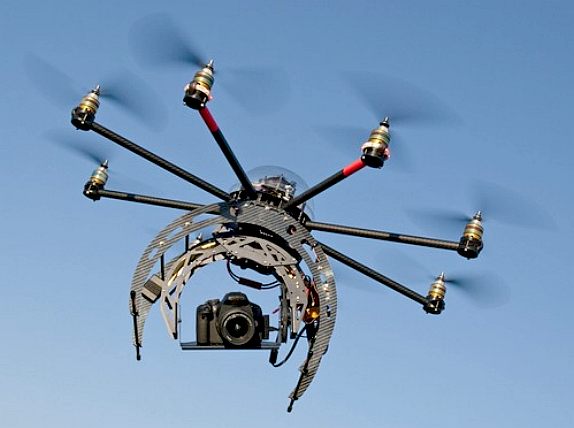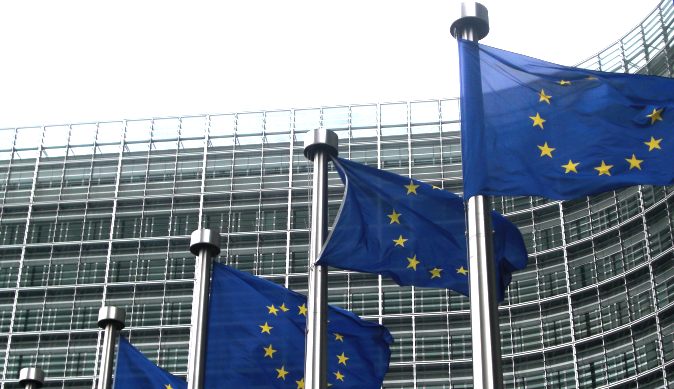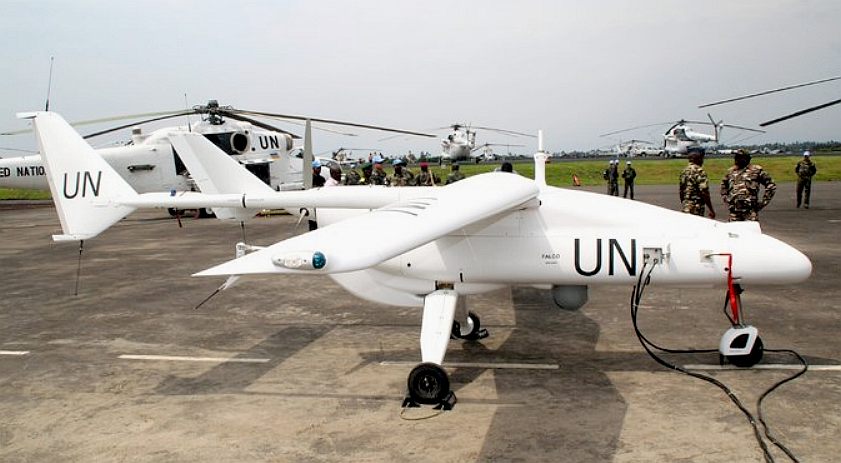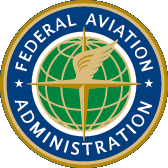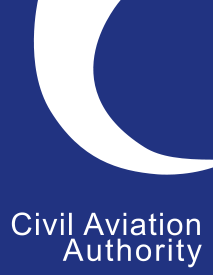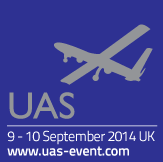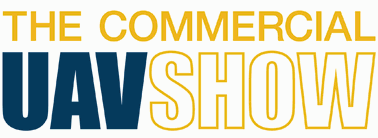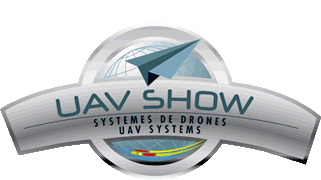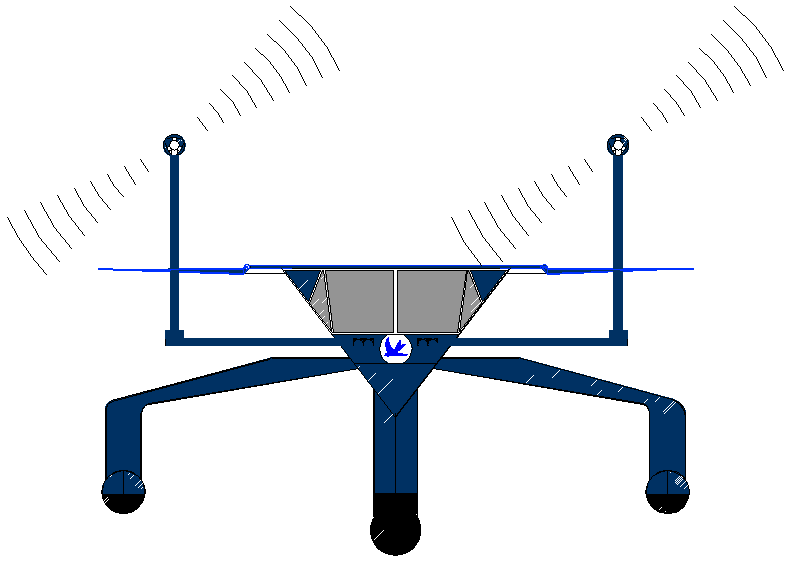|
RPAS - REMOTELY PILOTED AIRCRAFT SYSTEMS SURVEY - EUROPEAN COMMISSION
|
||||||||||||||||||||||||||||||||||||||||||
|
RPAS
BACKGROUND
Although the benefits are clear in delivering services, creating jobs and encouraging economic growth, the topic stirs public debate and questions about how the technology will be regulated with public interest in mind.
The extent of these
uses of UAVs raises issues of safety, security and personal privacy. With this in mind, the European Commission intends to develop an initiative to regulate the use of UAVs. This could introduce European rules supporting the objectives to give the industry space and freedom needed and to ensure rights and interests of EU citizens are protected.
CAUTION ADVISED
By completing such survey you are providing the ammunition for EU civil servants to steer things the way that they want them to go, rather than seek genuine 'steer free' input. This is the problem with questionnaires, the person composing the forms is actually limiting the responses in accord with his own agenda - sometimes making assumptions. This of course masks a (hidden) agenda known only to a select few, or even worse, those with vested interests - typically financial interests that conflict with disruptive technology. You and your company may be better off not completing such an instrument and by making your own unfettered representations with the slant that best suits your objectives. By this means you could achieve a fairer outcome. As a general rule civil servants have not run a business of their own and sometimes consider that it is their function to make life as difficult as possible for entrepreneurs, rather than to encourage innovation.
The survey begins relatively innocuously by gathering information about you and your company, after which the fun begins.
Please provide information to help us build your profile as a respondent. In accordance with Regulation 45/2001, all personal data collected through this survey will be kept securely and will ultimately be destroyed.
A. RESPONDENT DETAILS
B. EXPECTED MARKET DEVELOPMENT
C. WHAT PROBLEMS WOULD NEED TO BE ADDRESSED
D. WHAT ARE THE CAUSES OF THE PROBLEMS?
Currently, the European Aviation Safety Agency (EASA) can draft safety rules for unmanned aircraft with an operating mass above 150 kg. The lighter unmanned aircraft are under Member State competence. Some Member States have already adopted rules to guarantee the safety of simple operations for light RPAS, while other Member States are preparing rules. There has not been a consistent approach how to regulate them and rules differ between Member States.
E. IDENTIFICATION OF THE POLICY OBJECTIVE
F. POLICY OPTIONS AND MEASURES
And so on ...........................
We will be following this survey and reporting back as we learn more .....
The UN uses drone to monitor populations and for relief purposes
CIVILIAN USES FOR RPAS
Beyond the military applications of UAVs with which "drones" became most associated, numerous civil aviation uses have been developed, including aerial surveying of crops, acrobatic aerial footage in filmmaking, search and rescue operations, inspecting power lines and pipelines, and counting wildlife, delivering medical supplies to remote or otherwise inaccessible regions, with some manufacturers rebranding the technology as "unmanned aerial systems" (UASs) in preference over "drones." Drones have also been used by animal-rights advocates to determine if illegal hunting is taking place, even on private property. Drones equipped with video cameras are being used by the League Against Cruel Sports, a British animal-rights group, to spot instances of illegal fox hunting. UAVs are nowadays routinely used in several applications where human interaction is difficult or dangerous. These applications range from military to civilian and include reconnaissance operations, border patrol missions, forest fire detection, surveillance, and search/rescue missions.
FAA DESIGNATION
In the United States, the Federal Aviation Administration has adopted the name unmanned aircraft (UA) to describe aircraft systems without a flight crew on board. More common names include UAV, drone, remotely piloted vehicle (RPV), remotely piloted aircraft (RPA), and remotely operated aircraft (ROA). These "limited-size" (as defined by the Fédération Aéronautique Internationale) unmanned aircraft flown in the USA's National Airspace System, flown solely for recreation and sport purposes, such as models, are generally flown under the voluntary safety standards of the Academy of Model Aeronautics, the United States' national aeromodeling organization. To operate a UA for non-recreational purposes in the United States, according to the FAA users must obtain a Certificate of Authorization (COA) to operate in national airspace. At the moment, COAs require a public entity as a sponsor. For example, when BP needed to observe oil spills, they operated the Aeryon Scout UAVs under a COA granted to the University of Alaska Fairbanks. COAs have been granted for both land and shipborne operations.
The FAA Modernization and Reform Act of 2012 sets a deadline of September 30, 2015, for the agency to establish regulations to allow the use of commercial drones. In the meantime, the agency claims it is illegal to operate commercial unmanned aerial vehicles, but approves non-commercial flights under 400 feet if they follow Advisory Circular 91-57, Model Aircraft Operating Standards, published in 1981. However, the FAA's attempt to fine a commercial drone operator for a 2011 flight were thrown out on 6 March 2014 by NTSB judge Patrick Geraghty, who found that the FAA had not followed the proper rulemaking procedures and therefore had no UAV regulations. The FAA will appeal the judgement. Texas EquuSearch, which performs volunteer search and rescue operations, was also challenging FAA rules in 2014.
CAA FUNCTION
The CAA directly or indirectly regulates all aspects of aviation in the UK. In some aspects of aviation it is the primary regulator, in other areas, where the responsibility for regulation has passed to the European Aviation Safety Agency (EASA), the CAA acts as EASA's local office, implementing the regulations. Representatives from the CAA sit on EASA's advisory bodies, taking part in the Europe-wide regulation process.
CAA CONTACTS
CAA House Telephone: 01293 573700 Telephone contact for all theoretical knowledge examination matters is 01293 573444 (operating hours 0900-1600 Mon-Fri, excluding public holidays). Aircraft Maintenance Engineering -
eldexamsweb@caa.co.uk Telephone: 01293 573270 Telephone: 01293 573700
LINKS & REFERENCE
UK Parliament Baroness O'Cathain Totally Unmanned 2014 house-lords-launch-civil-uav-inquiry United Kingdom Parliament Lords select EU internal market sub committee inquiries civil-use of rpas Defense One every-country-will-have-armed-drones-within-ten-years China-building-army-unmanned-military-drones-rival-U-S Wikipedia Civil_Aviation_Authority http://www.caa.co.uk/ http://en.wikipedia.org/wiki/Civil_Aviation_Authority_%28United_Kingdom%29 http://en.wikipedia.org/wiki/Detta_O%27Cathain,_Baroness_O%27Cathain http://www.parliament.uk/biographies/lords/baroness-o%27cathain/3217 http://www.dailymail.co.uk/news/article-2011533/China-building-army-unmanned-military-drones-rival-U-S.html http://www.totallyunmanned.com/ http://www.olympia.co.uk/whatson/commercial-uav-show http://www.dsei.co.uk/page.cfm/link=127 http://www.wired.com/2013/11/drone-lasers/ http://en.wikipedia.org/wiki/Unmanned_aerial_system http://www.uas-event.com/ http://www.uas-event.com/Content/Call-for-papers-now-open/6_11/ http://rt.com/news/157340-us-drones-military-defense/
The patent applied for Bluebird ZEV concept is an ideal platform for use as a countermeasure to the increasing number of aerial drones, to log and monitor, and if necessary shoot down airborne vehicles (under human command) that violate sovereign airspace. Strategic patrols of ZCCs could form a shield against invasion, much like the Israeli Iron Dome. A ZCC robot ship is designed to use no diesel fuel to monitor the oceans autonomously and continuously 24/7 and 365 days a year. This vessel would pay for itself in fuel saved every ten years. Any agency employing solar energy for transport will lower their carbon footprint and reduce their energy bill in one stroke.
|
||||||||||||||||||||||||||||||||||||||||||
|
This website is Copyright © 2014 Bluebird Marine Systems Ltd. The names Bluebird™, Bluefish™, Blueplanet BE3™, Ecostar DC50™, and the blue bird and fish in flight logos are trademarks. The color blue is a protected element of the mark.
|
